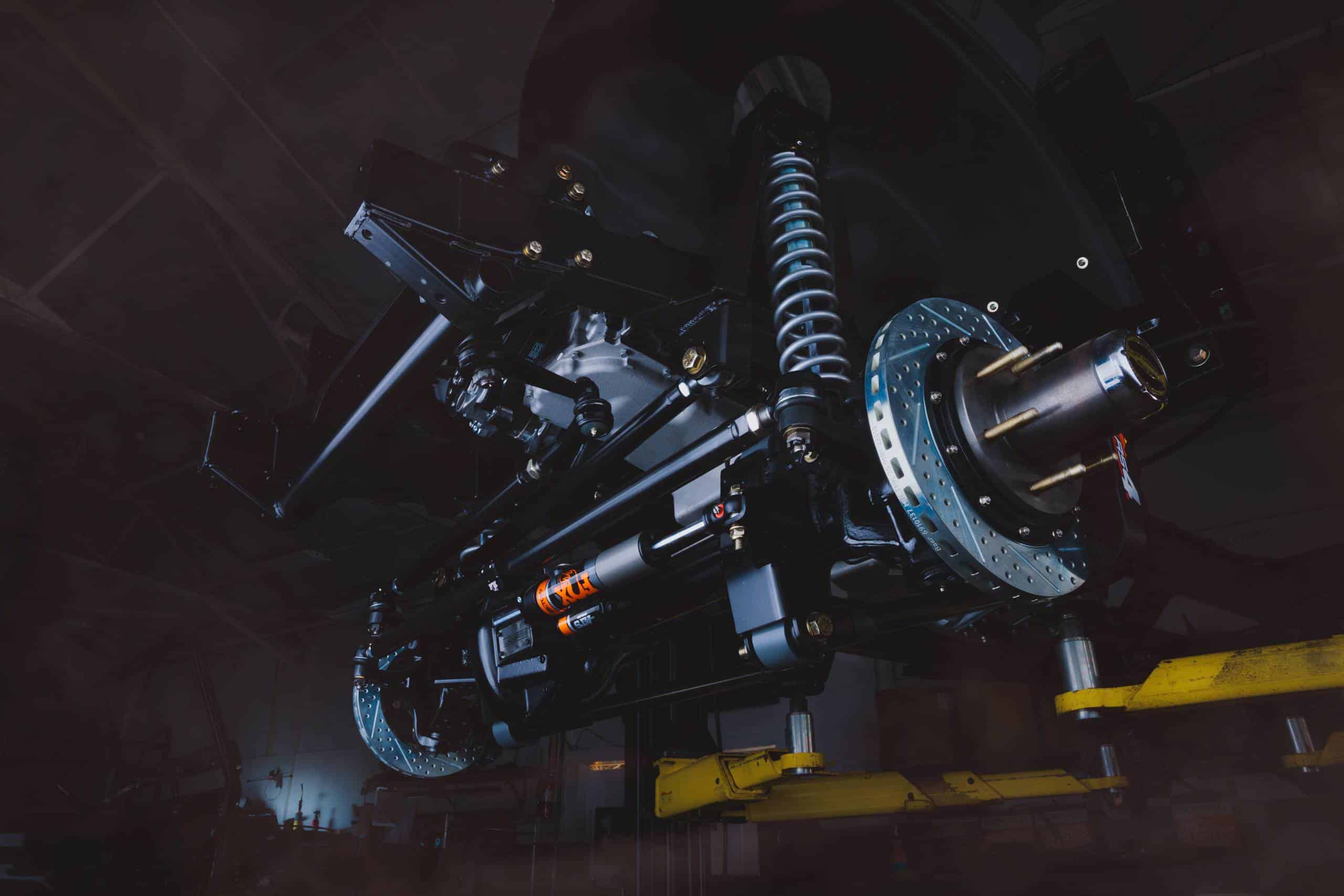Explore the passionate rivalry between GM’s Performance LT1 and Ford’s Coyote 5.0 V8 engines, both iconic powerhouses with distinct characteristics. This article offers a comprehensive comparison, highlighting their heritage, configurations, power outputs, and efficiency, helping enthusiasts appreciate the unique qualities of each engine in this clash of automotive titans.
Few rivalries ignite enthusiasm and admiration in the automotive arena as the enduring battle between General Motors and Ford. This age-old feud extends to their iconic V8 engines, with GM’s Performance LT1 and Ford’s Coyote 5.0 V8 powerhouses consistently at the forefront. Enthusiasts and gearheads engage in spirited debates, dissecting the strengths and intricacies of each formidable engine. This comprehensive analysis will delve into the key disparities that distinguish the GM Performance LT1 from the Ford Coyote 5.0 V8, unraveling the distinctiveness that sets them apart.
HERITAGE & LEGACY
The GM Performance LT1 engine debuted in the 1992 Chevrolet Corvette C4, tracing its lineage back to the original small-block Chevy V8 of the 1950s. Over the years, the LT1 has evolved through numerous iterations while remaining steadfast to its performance-oriented heritage. Conversely, the Ford Coyote 5.0 V8 is a recent addition to Ford’s engine family, making its grand entrance in the 2011 Ford Mustang GT. Nevertheless, Ford harnessed the legacy of the “5.0” nomenclature, which refers to the early Mustangs of the 1960s and 1970s.
DISPLACEMENT & CONFIGURATION
The GM Performance LT1 is a commanding 6.2-liter V8 engine, adopting a pushrod overhead valve (OHV) configuration. This classic design choice ensures a compact and lightweight engine, facilitating compatibility with various vehicle applications. In stark contrast, the Ford Coyote 5.0 V8 is a 5.0-liter engine, embracing a more contemporary dual overhead cam (DOHC) configuration. The DOHC layout enhances valve control and augments airflow, resulting in heightened engine efficiency and performance.
POWER OUTPUT
Both engines are formidable powerhouses, achieving remarkable performance through distinct methodologies. The GM Performance LT1 unleashes an impressive output, typically delivering around 455 to 460 horsepower and 455 to 465 lb-ft of torque. Its raw power and robust low-end torque make it an exhilarating choice for muscle car enthusiasts. Conversely, the Ford Coyote 5.0 V8 pushes the boundaries of performance even further, churning out approximately 450 to 480 horsepower and 410 to 420 lb-ft of torque. Its high-revving character and refined power delivery have endeared it to modern sports car enthusiasts.
ASPIRATION & EFFICIENCY
The GM Performance LT1 engine predominantly relies on natural aspiration, bolstered by direct fuel injection and cylinder deactivation technologies, which enhance fuel efficiency during cruising. GM’s Active Fuel Management (AFM) system also allows the engine to deactivate four cylinders under light load conditions. In contrast, the Ford Coyote 5.0 V8 engine also incorporates direct fuel injection for heightened efficiency. It embraces twin independent variable camshaft timing (Ti-VCT) to optimize valve timing, elevating performance and fuel economy across a broad RPM spectrum.In conclusion, the rivalry between the GM Performance LT1 and Ford Coyote 5.0 V8 engines is a testament to the unwavering passion and dedication of automotive enthusiasts worldwide. While the LT1 pays homage to its heritage and boasts sheer power, the Coyote embraces modern technology, delivering a more refined and high-revving experience. Both engines possess distinct merits, catering to diverse driving preferences and vehicle applications. Ultimately, whether you opt for the LT1 or the Coyote, you’re assured of an exhilarating and potent ride.










